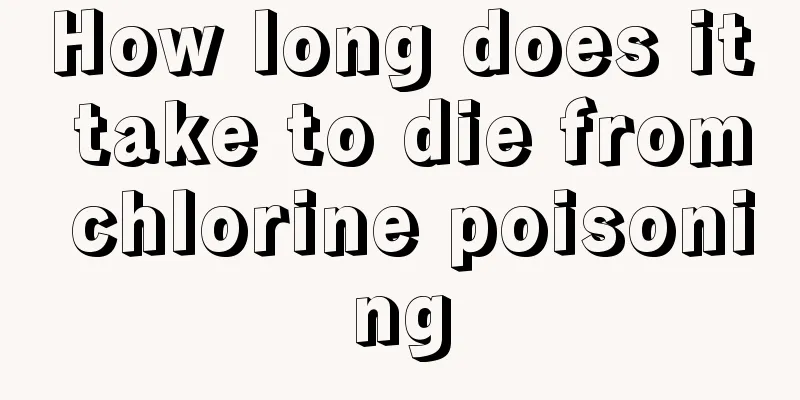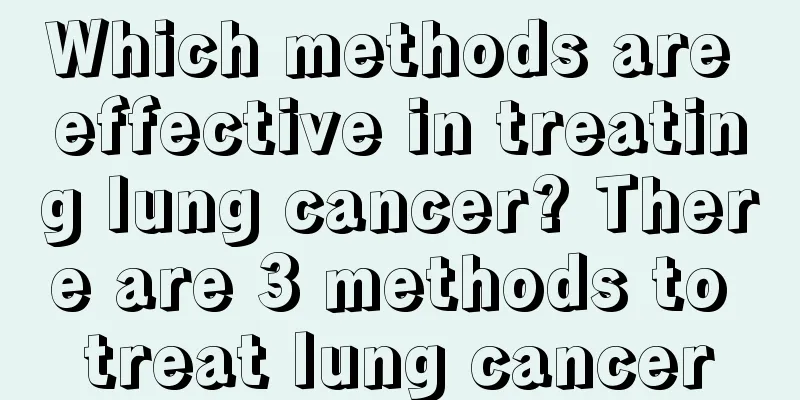How long does it take to die from chlorine poisoning

|
Chlorine is a relatively common chemical raw material and is used in many fields. When using chlorine, you must strictly follow the operating procedures. Once a regional leak occurs, it will cause great harm to human health and lead to chlorine poisoning. If it is serious, it may even lead to the death of the patient. The damage to the respiratory system is very serious. Let us take a brief look at the hazards of chlorine poisoning. How long does it take to die from chlorine gas poisoning? After inhalation, chlorine gas mainly acts on the trachea, bronchi, bronchioles and alveoli, causing corresponding lesions. Some chlorine gas can be exhaled through the respiratory tract. The human body's odor threshold for chlorine is 0.06 mg/m^3; 90 mg/m^3 can cause severe coughing; 120-180 mg/m^3, 30-60 min can cause toxic pneumonia and pulmonary edema; 300 mg/m^3 can cause fatal damage; 3000 mg/m^3 is life-threatening; and when it reaches 30,000 mg/m^3, ordinary filtering gas masks have no protective effect. Poisoning mechanism: After inhalation, chlorine gas reacts with water in the mucous membranes and respiratory tract to form hydrogen chloride and nascent oxygen. Hydrogen chloride can cause inflammatory edema, congestion and necrosis of the upper respiratory tract mucosa; new oxygen has a strong oxidative effect on tissues and can form ozone which is cytoplasmic toxic. Excessive chlorine concentration or prolonged exposure can often cause deep respiratory tract lesions, damage the bronchioles and alveoli, and lead to bronchiolitis, pneumonia, and toxic pulmonary edema. The stimulation causes local smooth muscle spasm, aggravating ventilation disorders and worsening hypoxia. Inhalation of high concentrations of chlorine can also stimulate the vagus nerve and cause reflex cardiac arrest. Acute poisoning mainly manifests itself in damage to the respiratory system. a. The onset and progression of the disease are generally rapid. b. Pharyngitis, bronchitis, pneumonia or pulmonary edema may occur, manifested by sore throat, choking cough, small amount of sputum, shortness of breath, chest tightness or pink foamy sputum, difficulty breathing, etc. There may be no obvious positive signs in the lungs or there may be dry or wet rales. Sometimes accompanied by symptoms such as nausea and vomiting. c. Severe cases may also develop acute respiratory distress syndrome, with progressive respiratory rate and distress, tachycardia, and refractory hypoxemia, which is ineffective with general oxygen therapy. d. A small number of patients have asthma-like attacks, wheezing, and asthma sounds in the lungs. e. Extremely high concentrations may cause glottal spasm or edema, bronchospasm or reflex respiratory center inhibition leading to rapid suffocation and death. f. The main complications include secondary lung infection, myocardial damage, pneumothorax, mediastinal emphysema, etc. g. X-ray examination: There may be no abnormality, or there may be enhancement of lung texture on both sides, dot-like or sheet-like shadows with blurred borders, or cloud-like or butterfly-wing-like shadows. h. Blood gas analysis: In patients with more serious conditions, the arterial oxygen partial pressure is significantly reduced. i. Electrocardiogram examination: After poisoning, hypoxia, pulmonary hypertension, and autonomic dysfunction may lead to myocardial damage and arrhythmia. |
>>: What are the benefits of black dates
Recommend
How to control oily skin
The pores of oily skin are more obvious, and the ...
Which department should I go to for hair follicle testing
More and more young people are suffering from hai...
What does breaking a basin at a funeral mean?
With the simplification of modern funerals, many ...
Several uses of baking soda
There are many things on the market that everyone...
What to eat to remove moisture in summer?
If you don't pay attention to maintenance in ...
How to do daily care for ovarian cancer
If ovarian cancer can be detected in its early st...
Causes, inspection methods and relief methods of cervical stiffness
Cervical stiffness is a very common disease, espe...
What is the difference between cricket and baseball?
Maybe some people don't know about the sport ...
Powerful detoxification
Strong detoxification sensitivity is a detoxifica...
Introduction to surgical treatment of lung cancer
Lung cancer is a very scary disease, and its symp...
Symptoms of late-stage recurrence of colon cancer
What are the symptoms of late-stage recurrence of...
What are the causes of joint pain?
Joint pain is a disease with a relatively high in...
What causes teeth to turn blue?
Teeth are a very important part of people's b...
What types of colds are there?
Colds are a very common disease in life. Almost e...
How to treat heat boils
The human body is changing every day, and some un...









